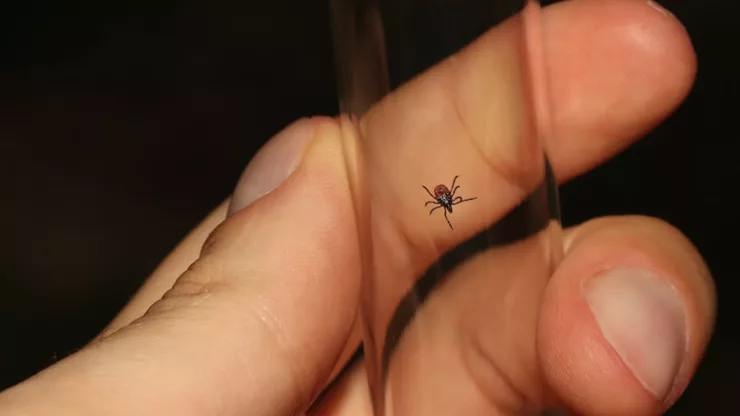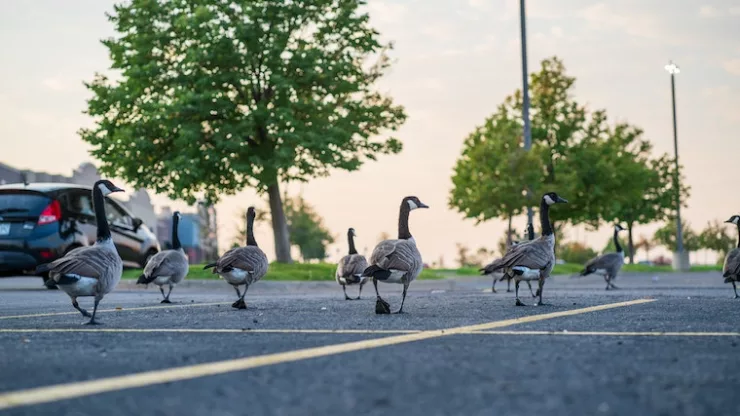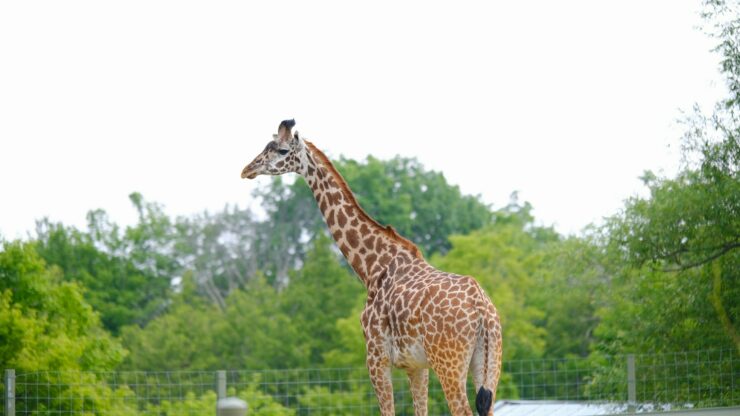Our urban areas are often seen as concrete jungles, devoid of wildlife. However, that couldn’t be further from the truth.
Cities are home to a fascinating array of creatures, from songbirds and squirrels to coyotes and even mountain lions.
And by participating in citizen science programs, you can help scientists understand and protect these urban species.
Jump to Section
Join the Wild Side: Discover Urban Wildlife
One of the first steps in becoming a citizen scientist for urban wildlife is to get out and explore your surroundings.
Parks, green spaces, and even your own backyard can be havens for a variety of animals. Take a walk through a park or along a nature trail and see what you can spot.
Listen for bird calls, look for tracks or scat, and keep an eye out for any signs of wildlife.
You can also get involved in organized events and programs that focus on urban wildlife.
Many cities have nature centers or zoos that offer classes, workshops, and guided hikes.
These events can be great opportunities to learn more about the animals living in your area and to meet other people who share your interest in wildlife.
Another way to discover urban wildlife is to use technology.
There are numerous smartphone apps that can help you identify birds, mammals, insects, and more. iNaturalist and eBird are two popular apps that allow you to record your sightings and contribute to scientific research.
Make a Difference: Become a Citizen Scientist
Once you’ve discovered the wildlife in your area, you can take your involvement to the next level by becoming a citizen scientist.
Citizen science is a collaborative effort between scientists and the public to collect and analyze data.
By participating in citizen science projects, you can contribute valuable data that can help researchers better understand and protect urban wildlife.
There are many citizen science programs that focus on urban wildlife. These programs range from monitoring bird populations to tracking the movements of urban coyotes.
Some examples include:
- Urban Coyote Initiative: This program collects data on coyotes in urban areas to better understand their behavior and ecology.
- Bird Studies Canada: This organization has several programs that focus on monitoring bird populations in urban areas.
- The Lost Ladybug Project: This program collects data on ladybug populations in urban areas to track changes in their populations over time.
- The City Nature Challenge: This annual event encourages people around the world to document the wildlife in their cities and compete to see which city can document the most species.
By participating in these programs, you can make a real difference in our understanding of urban wildlife.
Your data can help researchers identify trends, track population changes, and even inform conservation efforts.
In conclusion, urban wildlife is all around us, and by becoming a citizen scientist, you can help protect and conserve these species.
Whether you’re a bird watcher, a nature enthusiast, or just someone who wants to make a difference, there are plenty of opportunities to get involved in citizen science projects.
So why not join the wild side and discover the fascinating world of urban wildlife?
I’m a nature enthusiast and creator of Metro Wilds and have spent years exploring the great outdoors.
With a passion for environmental conservation and sustainability, I have dedicated my career to writing about the beauty and wonders of nature, as well as the threats facing our planet.
Contact me at [email protected] for assistance.





